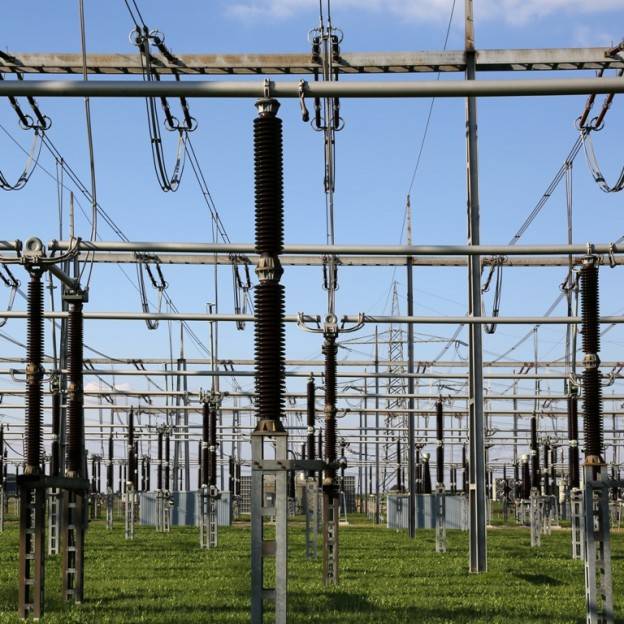Transformer oil is a petroleum product that is used as a heat transfer medium in the transformer’s core and windings as well as an insulating fluid preventing short circuits and arching inside the transformer.
One of the important parameters of transformer oil is viscosity. Higher viscosity reduces the oil’s heat dissipation efficiency. The oil you are using, or want to use, should be checked for compliance with the required specifications before using the oil in a transformer.
Dielectric properties of the oil are defined by several parameters: dielectric strength, acidity, dissipation factor, particulate matter content, the content of water and water soluble acids, alkali, and flashpoint. The established parameters must not fall below the required specifications. Critical limits are usually given in regulatory documentation and will reflect national and international industrial standards.
Why does the transformer oil degerade over time?
During the operation of a transformer, several adverse factors influence the transformer oil that cause contamination, ingress of moisture and oxidation. The result is the progressive degradation of the dielectric fluid that includes both the chemical and physical properties the oil. The adverse elements affecting the oil are oxygen, high temperature and metal salts that become the catalysts of the detrimental oxidation process.
Degraded transformer oil cannot function correctly; it must be either replaced or regenerated using specialized equipment.
Replace or Restore?
Simple replacement of old oil with new oil does not completely solve the transformer’s existing problems entirely. When used oil is drained from the transformer, contamination will remain in the tank, core, winding, and solid insultaion. The remaining contamination will accelrate the degradeation of the new oil. Additionally, the remaining contamination will continue to harm the solid insulation.
Once the oil has been drained from the transformer, the old oil must be disposed of properly. It cannot be simply dumped into the ground or water.
Oil products are a hazardous waste pollutant. Used oil will disrupt and harm the lives of animals, fish and birds and cause serious diseases in humans that include cancers. Properly disposing of used oil is mandatory, and expensive.
A less expensive alternative is the restoration of old transformer oil. Restoration will extend the service life of the oil without the need to replace the oil and is free from the many drawbacks of removing and replacing the used oil. Some methods of restoration include drying, purification and regeneration.
Transformer oil can be purified by removing particulate matter and moisture through the use of centrifuges and filters. The oil can be dried by sorbent materials with high water adsorption and retention such as zeolites and silica gels.
Essentially, regeneration involves the completerestoration of oxidized oil by removal of the aging products.
The GlobeCore Soluton
GlobeCore offers comprehensive oil purification solutions with simultaneous purification, drying and regeneration of transformer oil. This multifaceted approach facilitates complete restoration of the degraded performance of the oil making it suitable for continued use without the need for removal and replacement.
GlobeCore Process Provides the Following Benefits:
- reduce need to purchase of new oil;
- eliminate need to dispose of old oil;
- reduce and/or eliminate the storage facilities required for collection and storage of used oil;
- improves power transformer reliability; and
- greatly decreases the chance of oil polluting the environment.
GlobeCore is one of the world’s leading manufacturers of equipment for processing of transformer oil, turbine oil, industrial oil, transmission fluids and other types of used oil.

